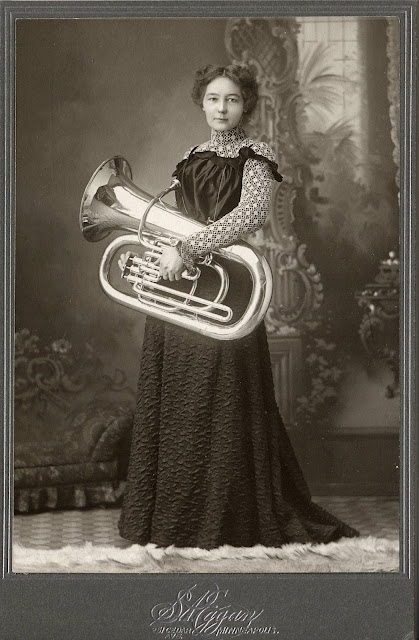Kids can be a real handful.
They always seem to be rushing around,
getting into stuff they shouldn't,
and generally making a mess for mom and dad.
They always seem to be rushing around,
getting into stuff they shouldn't,
and generally making a mess for mom and dad.
Even when they're infants and less mobile
they still require a lot of attention
since babies fall over so easily.
they still require a lot of attention
since babies fall over so easily.
Dogs can be a nuisance too.
Equally as curious and suspicious as children
they are easily provoked into dashing about
on their more stable four-legged drive,
Equally as curious and suspicious as children
they are easily provoked into dashing about
on their more stable four-legged drive,
which gives them an advantage over toddlers,
and makes them much harder to catch.
and makes them much harder to catch.
If only there was some way to keep kids and dogs
confined in some kind of portable safety device.
confined in some kind of portable safety device.
Fortunately for parents and dog owners
both children and dogs
can be successfully trained
for proper social behavior
if you have the right equipment.
both children and dogs
can be successfully trained
for proper social behavior
if you have the right equipment.
A tuba.
This photo postcard shows two hefty babes stuffed into the bell of a tuba. They are posed with a parent clutching the tuba, an EE-flat three piston model, while seated on the stoop of what, presumably, is their home. The children are dressed in winter woolen wear with caps. The print is faded, which I have corrected a bit, and is marred by circular marks pressed into the image. The postcard was never mailed but has a note on the back.
Gertrude, Cliff and Bob Sipe
The reason I say parent is that I'm unsure whether it is mom or dad holding the tuba. The name order suggests that the child on left with the bow is Gertrude, with Cliff, the dad, center, and Bob the child on the right. But looking closely I'm also wondering if the adult may be a woman. The lower legs look like they are covered with a dress and an apron. The face also looks more feminine than masculine. Perhaps she is Gertrude and Cliff and Bob are the children. Or maybe Bob Sipe is the dad and he holds Gertrude and Cliff in his tuba. It's a puzzle that sadly Ancestry.com could not solve as the surname Sipe did not turn up any matches in those different combinations. But still it is a charming snapshot, though unplugging two infants from a tuba can't have been easy. One of those babes is bound to complain. Besides no self-respecting tubist should ever use a pair of mutes together. That would just stop its bass tones altogether.
My second photo is unusual because it's a rare use of a small canine as a tuba mute. This bandsman has his helicon, a type of bass tuba with plumbing worn over the shoulder, resting on the ground while his dog, a small boxer or large Boston terrier relaxes in the instrument's bell. Dogs usually can keep a good metronomic beat with their tail, and can sing howl along to the music, too. But these breeds often have docked tails which aren't as good as a Labrador or Collie. Their toenails also scratch the inside of the bell. But clearly in a pinch, a smallish dog can work as a tuba mute as well as any baby.
On the front of this postcard photo the musician signed his name: Stanley Paddack. Unfortunately, though the surname is not common, there were no clear matches in Ancestry.com. If only we knew the name of the dog. Maybe Stanley is the dog's name and Paddack its master. Who knows. It's another unsolvable tuba mystery.
For more photos of babes in tubas and helicons
try these stories:
try these stories:
This is my contribution to Sepia Saturday
where no one can say no to a basket of puppies.

















































